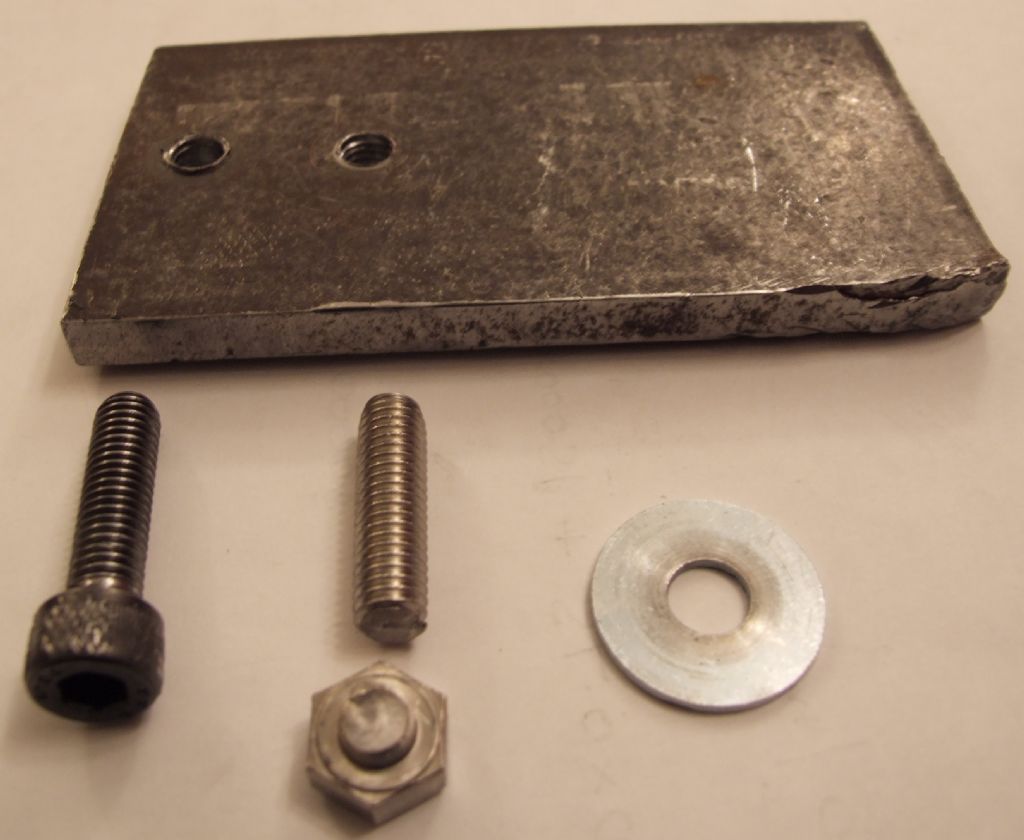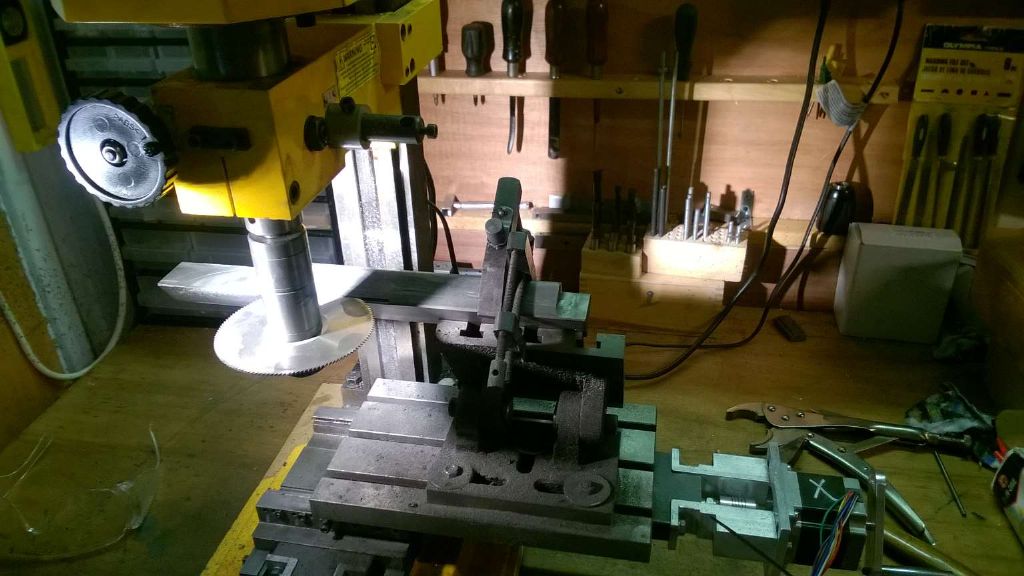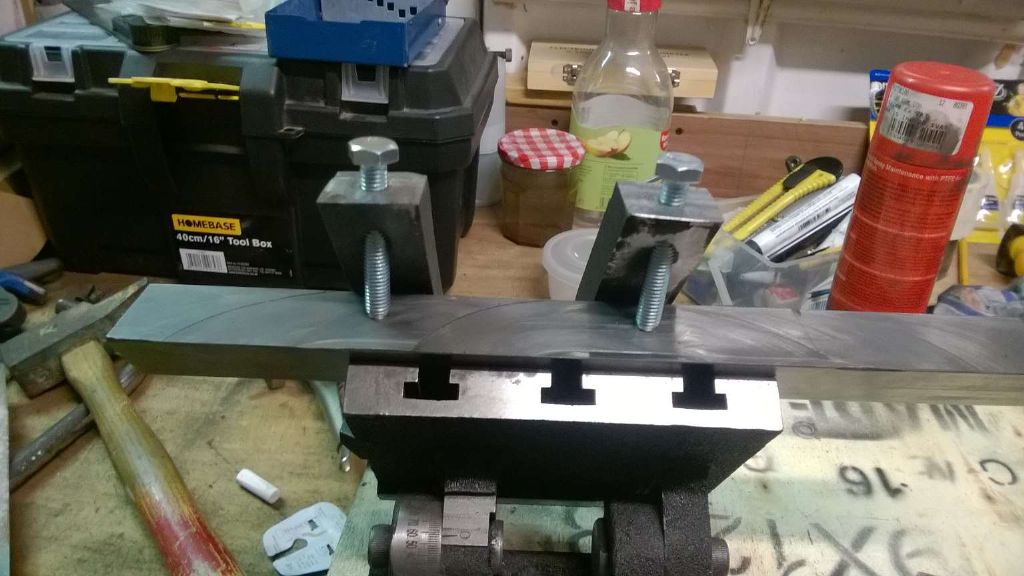Posted by Mark C on 12/10/2016 11:21:14:
Micahel W and Iain,
Did Mr Cain sit on the standards committee? I don't know but I doubt it, please correct me if I am wrong. His books may be very good for model engineering but this was a discussion about the drill to use for an M8 thread….. the answer – emphatic answer that is – 6.8mm.
Mark
No mr C did not sit on a standard committee but he did lend his ear to a few companies regarding production machinery. I'm not a production worker in my own shop so effectively i'll tap to whatever i find works best, not to DIN.
I just happen to like TC's work and read his books so i follow his advice, it's not the only advice though, thats the point i try to make and different charts give different measurements,
So i suppose if you want to be a captain of industry you can follow the DIN standards authority and tap to that.
When i did set the machines at work, there is absolutely no reference to any chart, we literally just use what works best for the thread in that material and stick to it.
Michael W
Edited By Michael Walters on 12/10/2016 11:44:49
Mark C.






 drill 6.75mm according to many tables rules
drill 6.75mm according to many tables rules 

